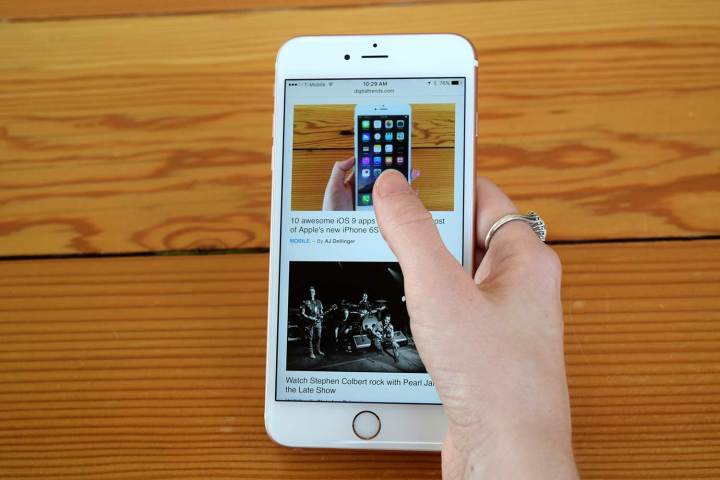
The New York Times conducted two tests using an iPhone 6, along with three ad blockers: Purify, Crystal, and 1Blocker. The first test examined the data sizes of the 50 most popular news websites with and without ad blockers enabled, which were then used to calculate page load times on a 4G mobile network. The second test focused on battery life using a custom-built app enabling them to cycle through popular websites with ads and without ads in an endless loop.
“For a number of websites that contained mobile ads with a lot of data, Web page data sizes decreased significantly and load times accelerated enormously with ad blockers turned on,” according to The New York Times. “The iPhone’s battery life also improved — but more modestly — with ads removed.”
The home page of Boston.com, for example, was 19.4MB with ads enabled. With Crystal and Purify, it was reduced to 4MB; with 1Blocker, it was reduced to 4.5MB. “On a 4G network, this translated to the page taking 39 seconds to load with ads and 8 seconds to load without ads,” according to The New York Times.

Loading times for Web pages were also reduced when the ad blockers were enabled, according to the study. Acknowledging the importance of data usage because of carrier plans with data limits, the study also looked at the cost per page on a typical data plan with and without ad blockers enabled. Boston.com, the most eye-grabbing example, required 32 cents of cellular data in ads every time its home page was loaded.
“Visiting the home page of Boston.com every day for a month would cost the equivalent of about $9.50 in data usage just for the ads,” according to The New York Times.
Purify and Crystal improved battery life by 21 percent, though the testers note that this applies only to Web browsing.
All this said, The New York Times notes a drawback of using ad blockers: irregular page loading, sometimes with content missing.


